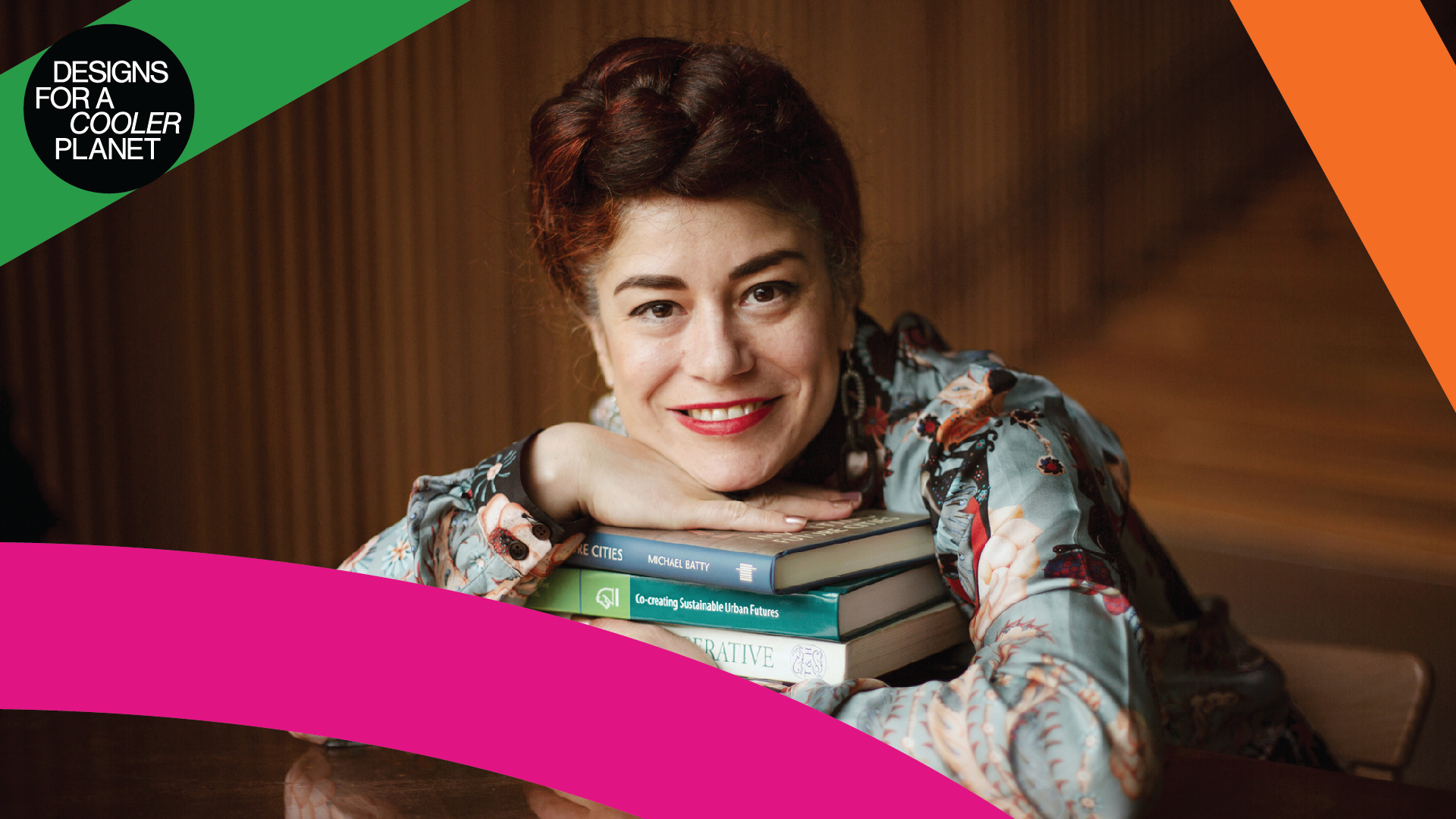More Vision! More Commitment! More Experimentation!

Climate change became news 30 years ago, why haven’t we fixed it yet? In theory, it’s pretty easy. In order to make a big transition from our current unsustainable society to one that is sustainable and post-carbon, we need three things: inspiring visions of alternative futures, lots of experimentation, and commitment to making change. That sounds doable, right?
Let’s face it: the world is sliding towards climate catastrophe. To adequately address this crisis we need radical transformations, and we need them to start right now — since they will inevitably take a long time to unfold. But what is the key to successful change? And since climate change became news 30 years ago, why haven’t we fixed it yet?
In theory, it’s pretty easy. In order to make a big transition from our current unsustainable society to one that is sustainable and post-carbon, we need three things: inspiring visions of alternative futures, lots of experimentation, and commitment to making change. That sounds doable, right?
First of all we need to set a target, an inspiring vision that everybody can share. The big vision makes people feel empowered and determined. Yes, but… it’s easy to understand that different sets of values drive forward very different visions. Some say that we can achieve sustainability by efficiency and circular economy. Others want to radically reduce the scope of our market economy system and replace it with alternative economic systems that prioritize well-being over wealth. There is a whole spectrum of opinions on what is feasible, technologically possible and aligned with our values. Which vision should we choose?
The answer is: none of them as such. Because of the diversity of opinions and complexity rising from uncertainties, we need to keep several ‘desirable’ future visions open as long as we can. We can imagine sustainable scenarios, but they are formed with the knowledge that we have now. If our knowledge changes, so do the scenarios. But at the same time we have no time to waste, we need to start the action and keep it going. The visions serve as our anchors towards which we can take concrete steps and actions.
Which brings us to my second point: experimentation. Since it’s impossible to know exactly which vision will be the best and most sustainable, our best bet is to make lots of experiments. The idea of experimentation is to start doing things today, instead of waiting around for ‘the right’ solution. Experiments are mostly about learning. They are pilot projects in which we ask questions like: Could this work? Does this achieve our theoretical expectations? Will this take us closer to our vision or do we need to adjust the vision because of our findings in this experiment? This is very promising, let’s scale this up!
For example we can experiment with urban gardening. With a pilot project we can study, if urban gardening could feed us in the future. If the results are promising, we can begin to think of the scale of gardening needed. What innovations, infrastructural changes and incentives do we need, so that we could feed all urban populations with gardening?
Experimenting is the only way through which we can approach theses systemic changes, because they are too complex to fully understand. Furthermore, we will not succeed without genuine commitment and passion, from grassroots to global leaders.
You might ask, who is responsible for large, systemic transitions to sustainability. A lot is of course being done within governments, cities, and businesses. But with an experiment-driven mindset we can all participate, regardless of age, status etc.
We at Aalto University are cooking up an initiative on neighbourhood-based living labs as drivers for change. (Currently we are in the funding seeking phase of this initiative.) We want you, together with your neighbours, to create a shared sustainability vision for your part of town, then raise awareness and start the action. With support from cities, NGO’s and local businesses you can develop a model for change, and train others. The movement will replicate, and finally we will have a self-organised network of urban climate labs that will be run by local leaders. It’s a step towards a sustainable future, and most importantly, it’s one way we can spread passion and commitment for change.
İdil Gaziulusoy
Professor of Sustainable Design at the Department of Design, Aalto University. Sustainability scientist and a design researcher, also a ‘pracademic’ believing practice is an essential part of good research. She researches, teaches and learns about ways to imagine sustainable, equitable and resilient future systems and takes part in developing interventions to achieve these proposals.
We are in a race against time: The UN Sustainable Development Goals must be achieved within 10 years. Aalto University’s Designs for a Cooler Planet event at Helsinki Design Week 2020 will showcase inspiring scenarios for the future in September at its Otaniemi campus. Collaboration between designers, researchers and stakeholders will lead to better solutions for people and the environment.